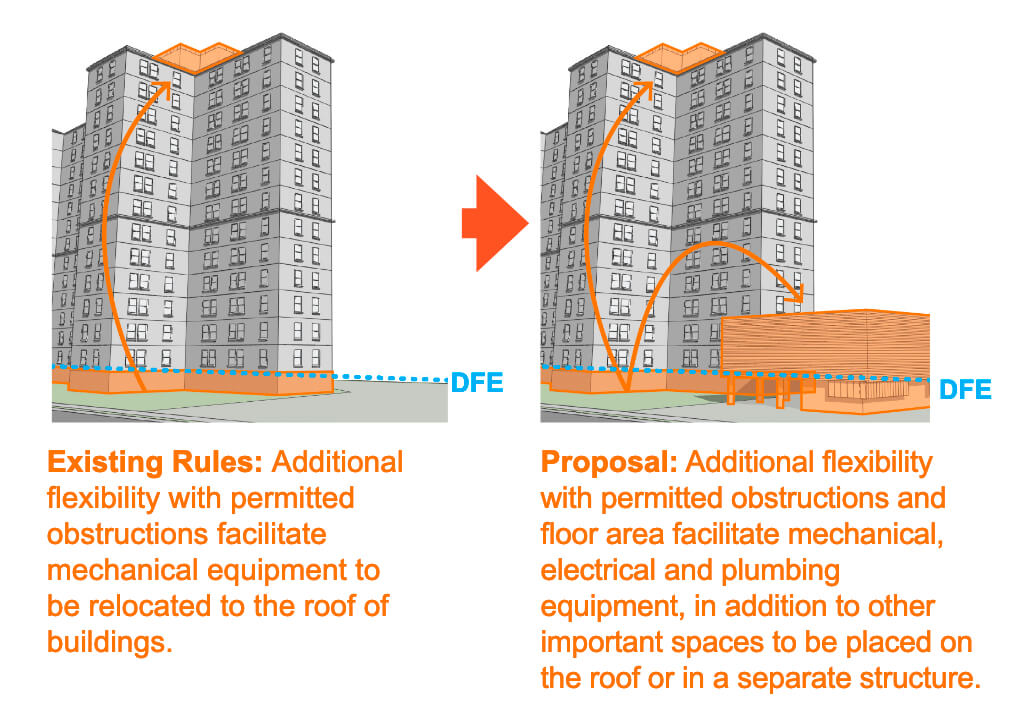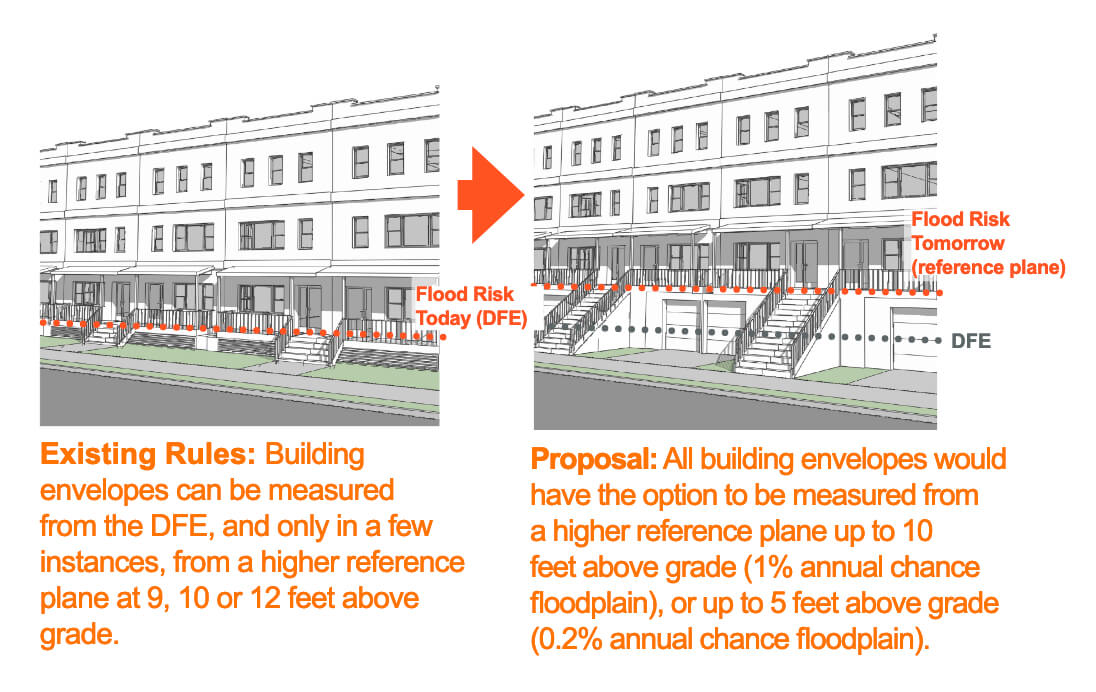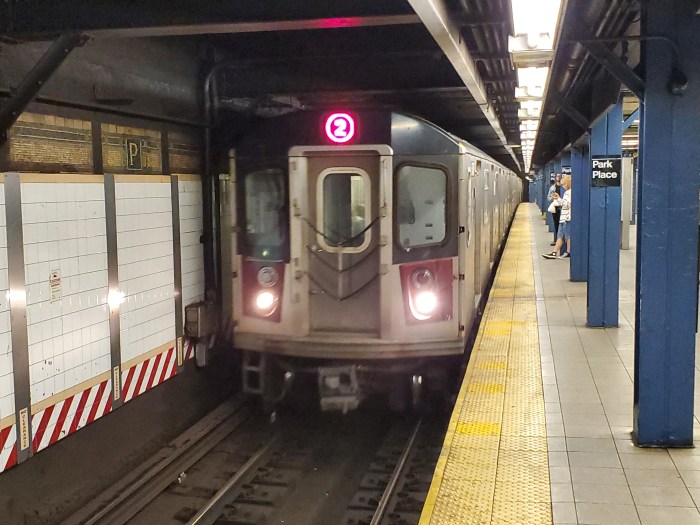BY GABE HERMAN | The Department of City Planning director has released zoning recommendations to help floodproof buildings in vulnerable neighborhoods, including all of Lower Manhattan’s coastline.
Planning Director Marisa Lago announced the scheme, called Zoning for Coastal Flood Resiliency, last month.
“Through the devastating damage of Hurricane Sandy and the ensuing recovery process, we learned that our zoning laws inadvertently keep New Yorkers from building more resiliently,” Lago said. “Zoning for Coastal Flood Resiliency will help us withstand the next major storm or flooding event, creating a better, stronger, more sustainable shoreline for decades to come.”

During the recovery from Hurricane Sandy, many home and business owners ran into building-envelope constraints when they tried to elevate or retrofit buildings. Many had to choose between losing a full floor of space or staying vulnerable to floods, according to City Planning.
In 2013, City Planning applied temporary emergency zoning measures to address these issues while complying with Federal Emergency Management Agency construction requirements for areas covered by FEMA’s Flood Insurance Rate Maps. City Planning said its new zoning proposals would make those rules permanent while also improving upon them.
The new zoning plan would expand the area where flood-resilient zoning provisions apply, and more than double the number of buildings that could use the provisions.
“Flooding is a serious and growing concern for New York City’s coastal neighborhoods,” said Jainey Bavishi, director of the Mayor’s Office of Resiliency. “We must give coastal residents and businesses the flexibility they need to prepare for the next storm —which is exactly what these changes will do.”
The zoning proposals would include allowing building owners “to proactively locate all living spaces and important equipment to higher elevations of protection,” according to an outline by City Planning.

The plan would create floor-area exemptions to encourage more floodproofing of ground floors, and give more flexibility to elevate mechanical, electrical and plumbing equipment — along with backup systems, such as generators — to heights above flood-risk areas, including on roofs or in separate structures.
Mixed-use buildings would be able to recover commercial cellar space lost to floodproofing, by relocating this commercial space to the second floor, which is currently not allowed in some areas.
The resiliency improvements would not only let coastal communities withstand storms and recover faster, according to City Planning, but could also let building owners save on flood-insurance charges.
City Planning said its public engagement process with vulnerable neighborhoods, to develop the zoning proposals, has been ongoing since August 2016. An environmental review and a formal public review process are expected to begin before the end of this year.



































